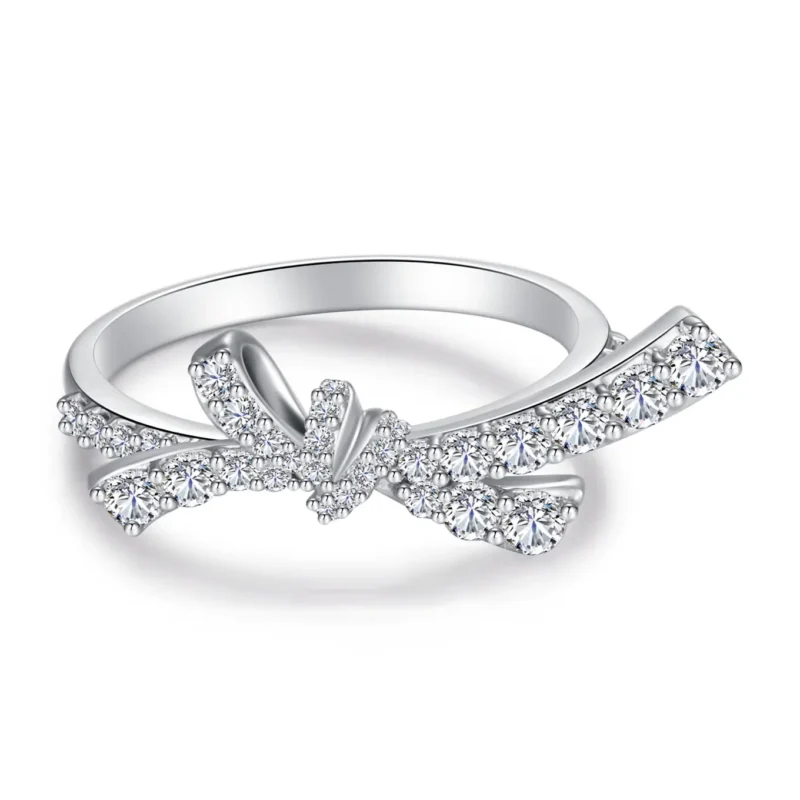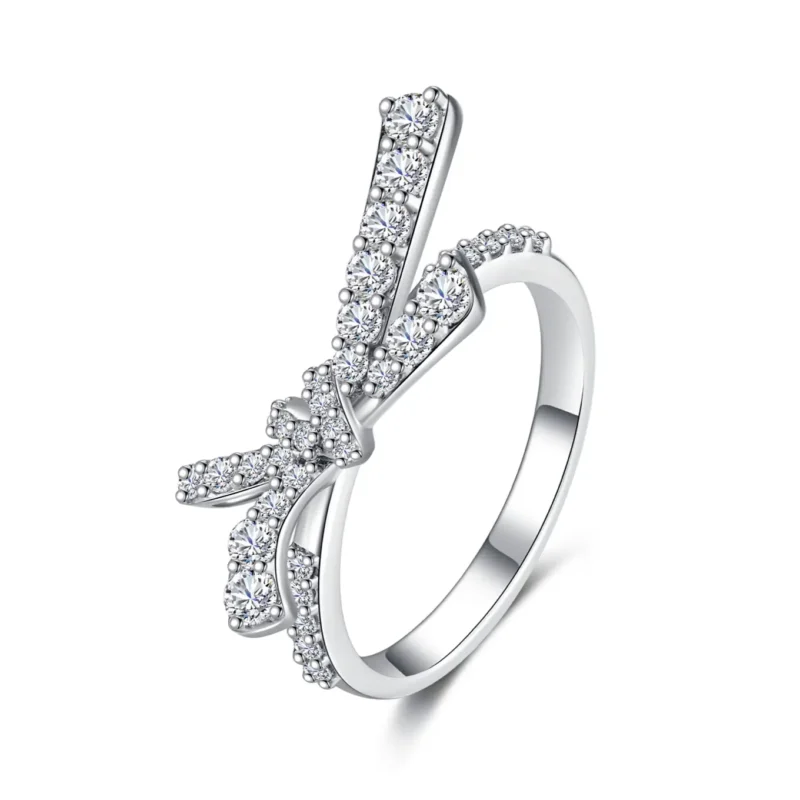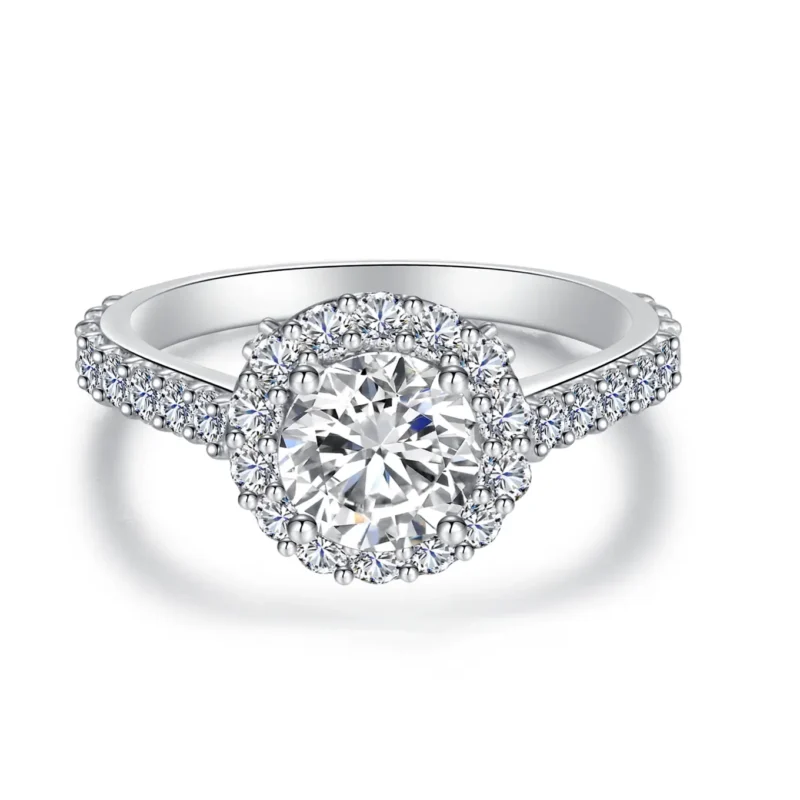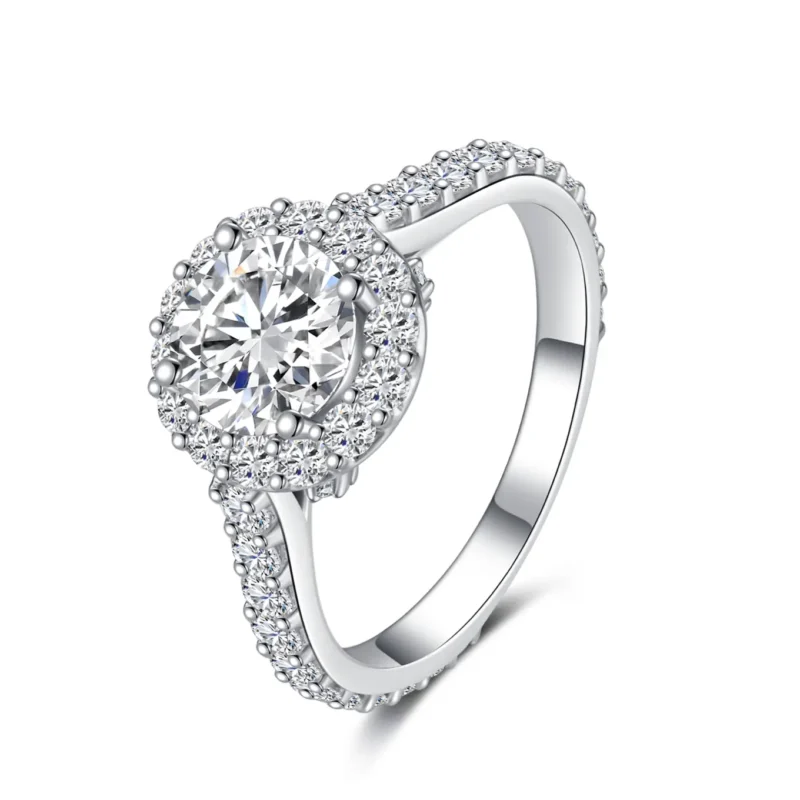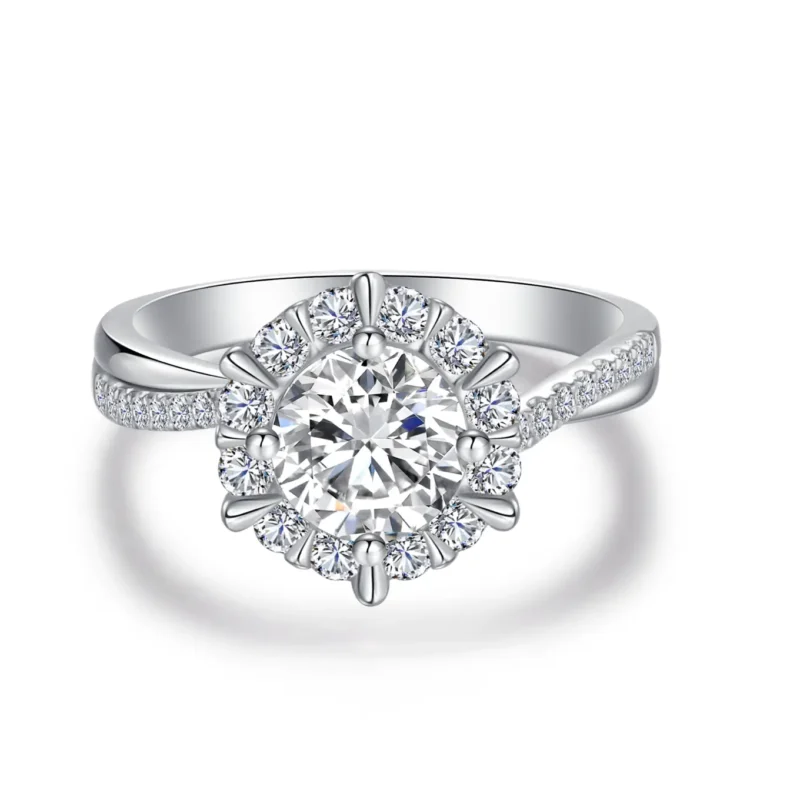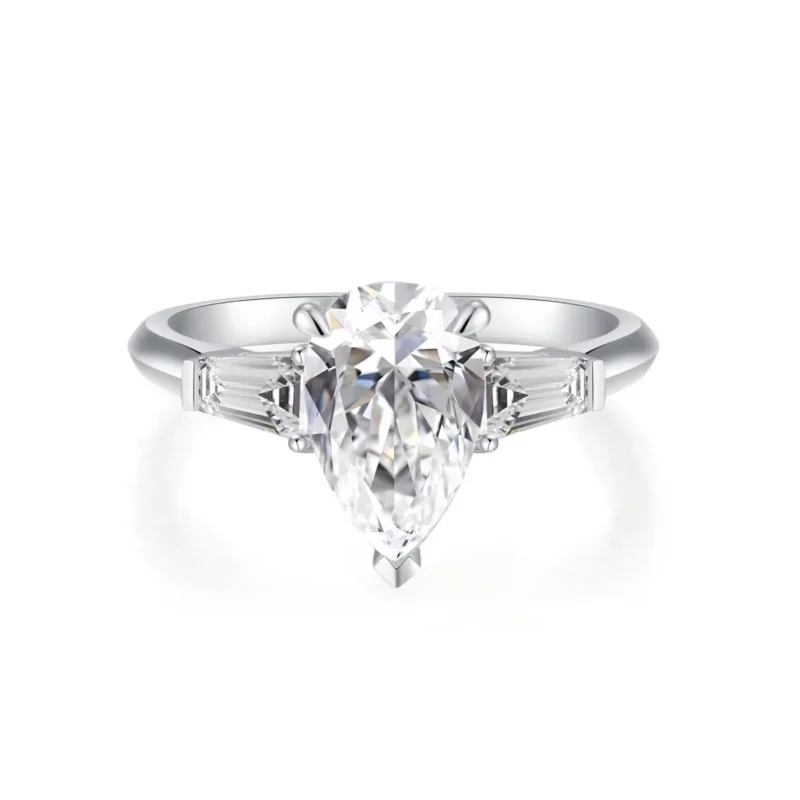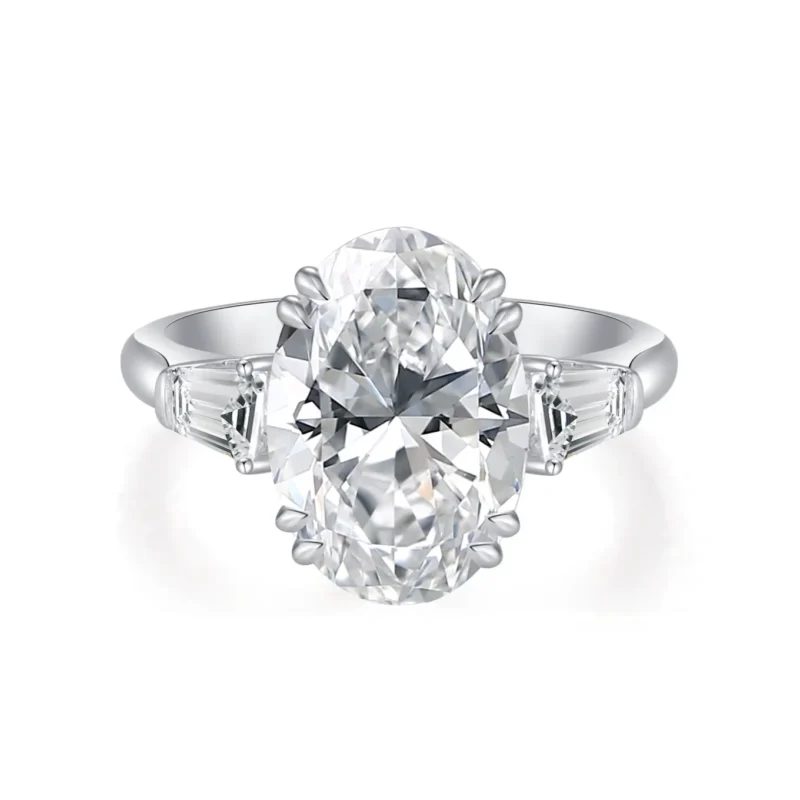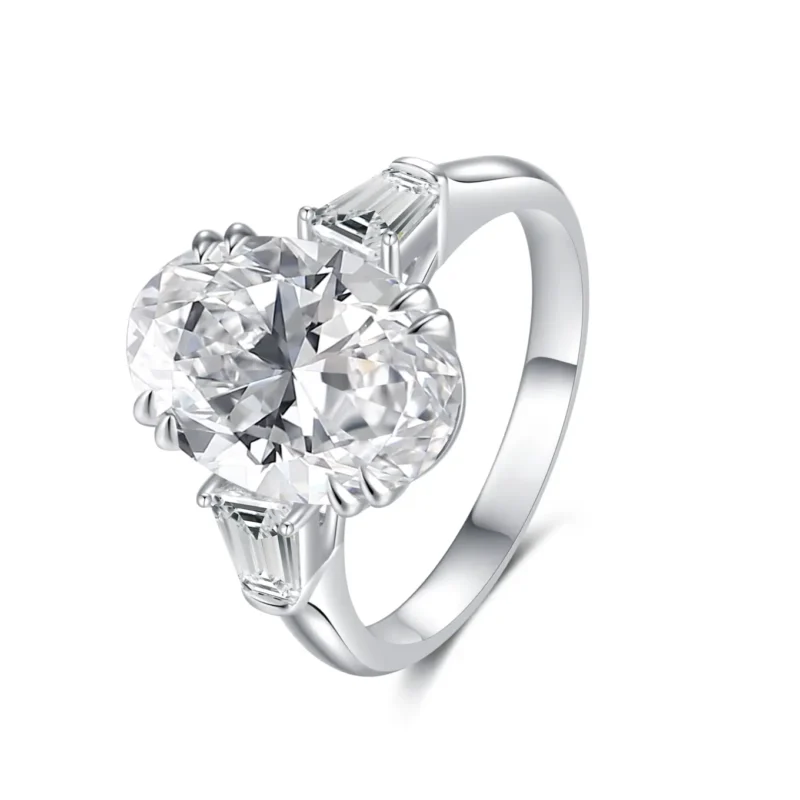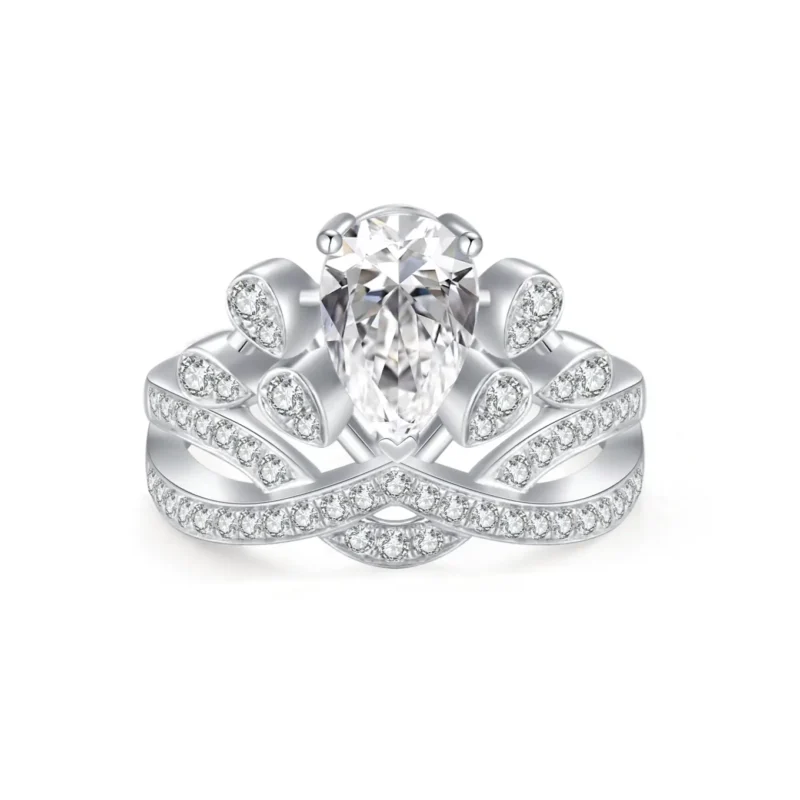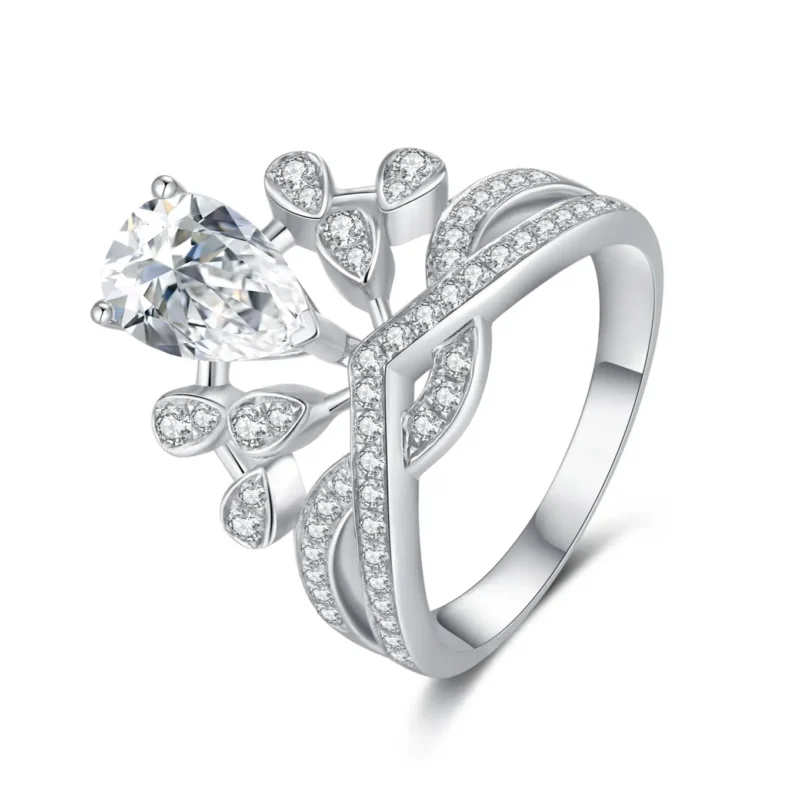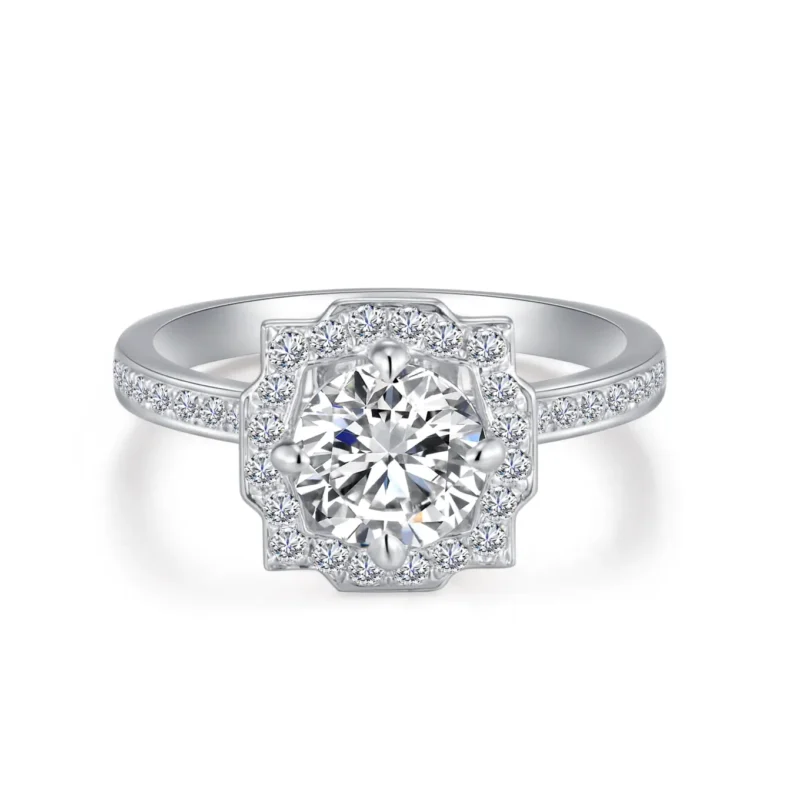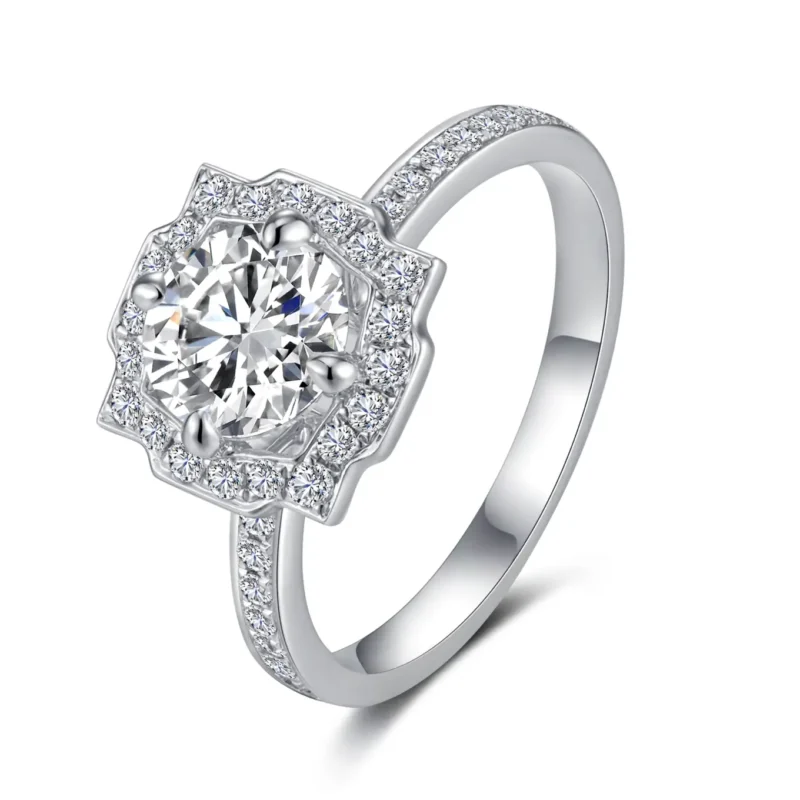Diamond rings crafted with timeless sophistication, each designed to capture the brilliance of life’s most precious moments. A perfect harmony of refined artistry and enduring beauty.
Free customized gift card
Lifetime resizing
Free engraving
Customized stone size
Load more products
Loading...
HELPFUL INSIGHTS
How to Choose Engagement Rings
Choosing the perfect engagement ring is a blend of emotion and expertise. Start by understanding the 4Cs of diamonds: Cut, Clarity, Color, and Carat. A well-cut diamond maximizes sparkle, while clarity and color influence purity and brilliance. Prioritize your partner’s style—classic solitaire, vintage-inspired, or modern halo? At GLARINS, we craft timeless designs that balance quality and personal taste. Set a budget early, and remember: the ring should symbolize love, not compromise. Our ethically sourced diamonds and customizable settings ensure your choice is as unique as your story.
What Carats of Rings are Best for Engagement
Carat weight reflects a diamond’s size, but “best” depends on preference and lifestyle. For timeless elegance, 1.0–1.5 carats strikes a balance between visibility and wearability. Larger stones (2+ carats) make bold statements, while smaller carats (0.5–0.9) offer subtlety for active lifestyles. Pair carat with cut and clarity: a well-proportioned 1-carat diamond can outshine a poorly cut larger stone. GLARINS’ curated collections include versatile carat sizes, ensuring brilliance for every hand and budget.
What Diamond Colors Are Best for Engagement Rings
Diamond color grades range from D (colorless) to Z (light tint). For platinum or white gold settings, near-colorless grades (G–H) offer exceptional value, appearing flawless to the naked eye. Warth-toned metals like rose gold pair beautifully with faint tints (I–J), enhancing warmth. Fancy-colored diamonds (pink, yellow) are rising in popularity for their uniqueness. At GLARINS, our experts handpick diamonds to ensure your ring radiates purity, whether you prefer icy clarity or romantic hues.
Daily Wear Lab-Grown Diamond Rings
Daily Wear Lab-Grown Diamond Rings
Lab-grown diamonds combine ethics, affordability, and durability—perfect for everyday wear. Identical in composition to natural diamonds, they resist scratches and maintain brilliance. GLARINS’ lab-grown designs range from dainty bands to statement solitaires, crafted for comfort and longevity. Ideal for modern buyers seeking sustainability without sacrificing luxury, these rings let you shine confidently, day or night.
Natural Diamond Rings VS Lab-Created Diamond Rings
Natural Diamond Rings VS Lab-Created Diamond Rings
Natural diamonds are Earth’s miracles, formed over billions of years—ideal for those valuing rarity and tradition. Lab-created diamonds offer identical beauty at a lower cost, with minimal environmental impact. Both are graded on the 4Cs, but lab-grown options allow larger carats within budget. GLARINS celebrates both choices: natural diamonds for timeless legacy, lab-grown for conscious luxury. Your values, your sparkle.
FAQ
Do lab-grown diamonds break easier?
Lab-grown diamonds have the same physical properties as natural diamonds, including a hardness of 10 on the Mohs scale. While they are highly scratch-resistant, all diamonds (natural or lab-grown) can chip if struck with extreme force. Proper care is recommended to avoid sharp impacts.
Do lab diamonds sparkle less?
Lab-grown diamonds sparkle identically to natural diamonds because they share the same chemical and optical properties. The brilliance depends on the cut quality—well-cut lab diamonds will shine just as brightly as natural ones.
Do lab-grown diamonds get cloudy?
Not inherently. Cloudiness is caused by inclusions or poor cutting, not origin. High-clarity lab diamonds (e.g., VS or VVS grades) will remain clear. Always check the diamond’s clarity grade, whether natural or lab-grown.
What to avoid with lab-grown diamonds?
Lab-grown diamonds require the same care as natural diamonds to maintain their brilliance. Avoid exposing them to harsh chemicals (e.g., bleach, chlorine) that may damage their metal settings, and remove jewelry during activities like swimming or cleaning. Sudden temperature changes can weaken prongs or settings over time, so avoid wearing them in extreme environments like hot tubs or saunas. While highly durable, sharp impacts against hard surfaces can chip the stone, so handle them with care during physical tasks. Finally, regular cleaning with mild soap and water, paired with professional checkups, will ensure they stay sparkling and secure.
Should I buy natural or lab diamonds?
The choice depends on your priorities:
Lab-grown diamonds: More affordable (typically 30–50% less than natural), ethically produced with minimal environmental impact (varies by producer), and identical in appearance. Ideal for budget-conscious or eco-aware buyers.
Natural diamonds: Valued for their rarity and geological origin, with traditional/emotional appeal. Choose these if resale value or natural provenance matters.
Both options are stunning and durable—your decision hinges on personal values, budget, and preferences!






